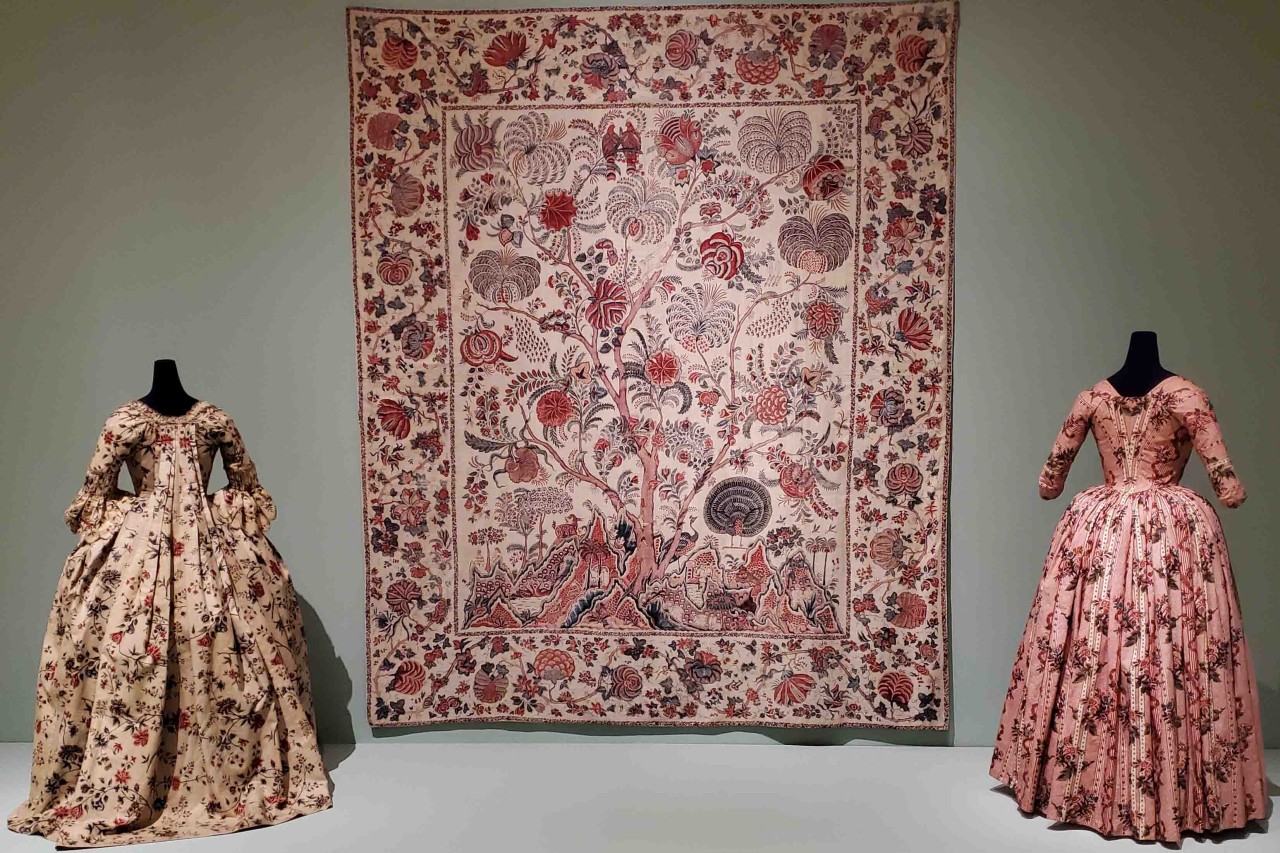
Earth Day is approaching soon and since textiles lovers are big material consumables, we should try to do our part to save the earth. Most of us have the condition Stable Syndrome or “stash accumulated beyond life expectancy.” As you know, to aid the world the first rule is to reduce. So, to celebrate Earth Day, why not see how much fabric you can use from your stash. That’s right, sew away for the day! (If you need to buy a few pieces of new fabric to make use of the stash, no worries, it was already made and needs a place too.) The second rule is to reuse. Kudos to all those vintage textile lovers that are purchasing 20th century feed sacks, blocks or quilt tops to create a quilt. This last weekend, I attended...





